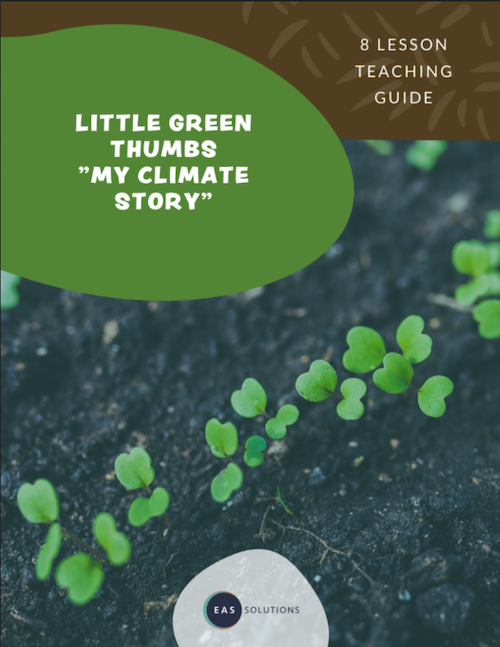Plants, People & Climate Change
A garden-based resource for Grades 3-6 classrooms.
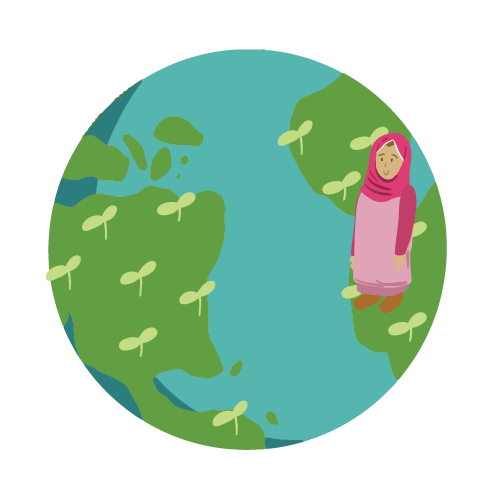
-

Did you know that plants provide many of the life-supporting properties on the planet?
This includes carbon sinks and storage, purifying the air, and providing natural
resources for ust to survive. Plants, soil and the natural environment also hold many of the solutions for climate change.
Explore Climate Change through the Living World of Plants
Plants, People & Climate Change take students on the journey from building a foundational understanding of plant and earth science knowledge, to an introduction of Climate Change and an exploration of the personal and global solutions to combat it.
Preview an animation from the Plant Needs video for Lesson 2:
-

Why use plants to teach climate change?
The world of plants provides a tangible path to explore the causes, impacts and solutions of climate change. Understanding the important roles that plants have on our planet and how plants meet their needs and have adapted to live in their habitats and environments, can help students better understand the consequences of a changing climate and what this means for the health of plants, our planet and people.
What is it?
Plants, People and Planet is a curriculum-linked, 8-lesson inquiry-based resource that explores climate change through the natural world of plants and soil science. Lessons include animated videos, optional in-the-garden activities, indoor explorations, student worksheets, evaluation suggestions and curriculum connections.
Lessons 1 to 3 are building a foundation of knowledge of plants, our planet, interconnections and habitats. These lessons can be used independently of this resource when instructing on these topics.
-

Plants, soil and food are all part of the solutions to climate change!
The planet is equipped with a powerful tool for stabilizing the climate: nature itself. Protecting nature today, such as plant habitats and soil, means a better planet for future generations.
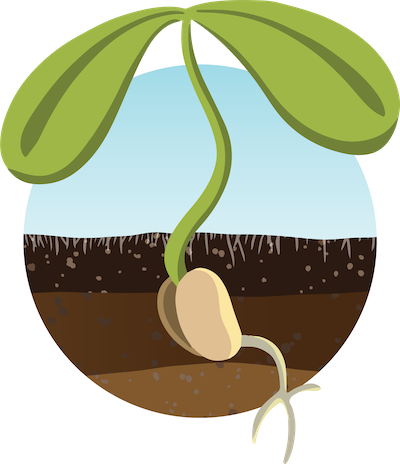
Planting the Seeds
- Lesson 1: Plants, Planet, People
- Lesson 2: Plant Needs
- Lesson 3: Plant Adaptations
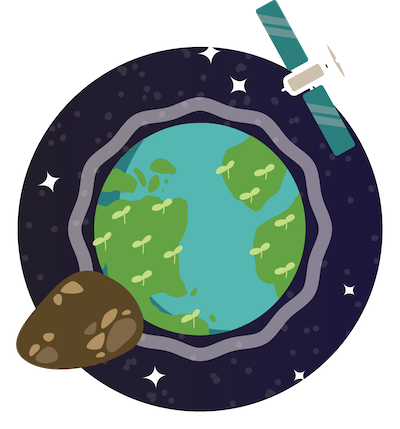
Intro to Climate Change
- Lesson 4: Plants, Us and Climate Change
- Lesson 5: Plant Needs & Climate Change
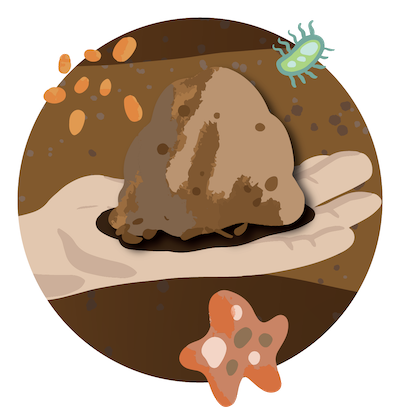
Connecting Climate Solutions
- Lesson 6: Soil & Climate Change
- Lesson 7: Food Waste & Climate Change
- Lesson 8: Climate Change & You
-

Many animals and plants are unable to adapt as quickly as humans.
A warmer climate impedes regular growing cycles and the ability for many animals to live ‘normally’ where they have always been. Migrating birds may return and the season has already started. Frogs and amphibians are at an increased risk as wetlands dry and diseases have increased from warmer waters. It’s no wonder then that climate change is seen as the greatest threat facing our planet.
Including My Climate Story – A toolkit for mobilizing climate stories
Climate change is a big complex topic. By anticipating the anxiety that bubbles around climate change, we can equip students (and educators) to sit with their uncomfortable feelings, to connect the dots between science and “real life” and to channel anxieties into meaningful action. This toolkit helps connect the dots to what already matters to kids, to the choices they have, the world they want to create and the power they have to take part in meaningful solutions.
The My Climate Story toolkit is a collaboration with Eco-Anxious Stories, which follows the Plants, People & Climate Change resource with discussions, activities and resources to support teachers and parents to frame climate science in a mobilizing way.
-

Climate Change is a big, complex topic. By anticipating the anxiety that bubbles up around climate change, we can equip students and educators to sit with their uncomfortable feelings, connect the dots between science and ‘real life’ and to channel anxiety into meaningful action.
Thank you to our partners




